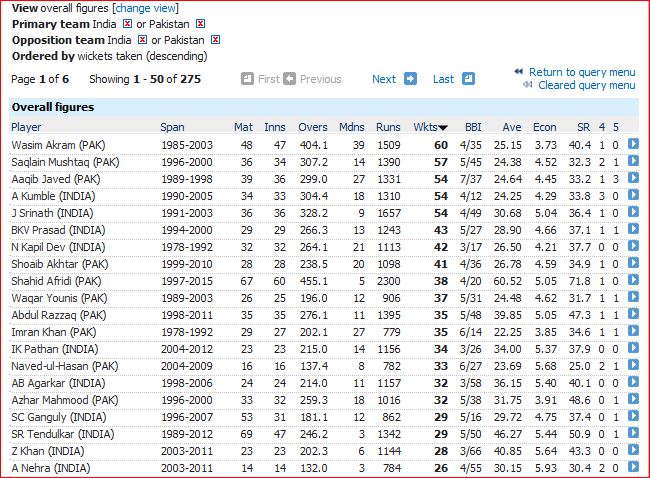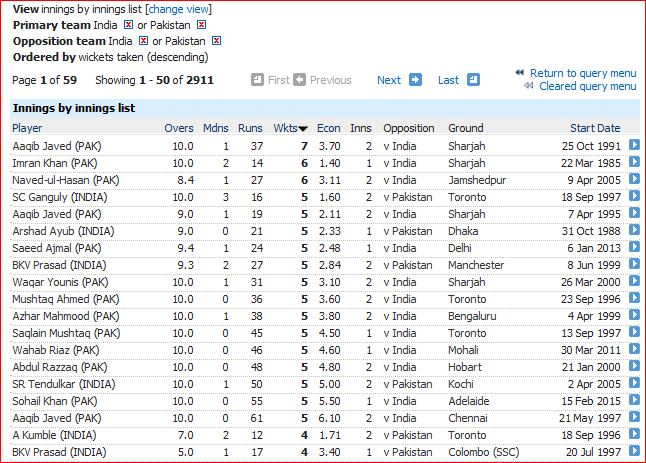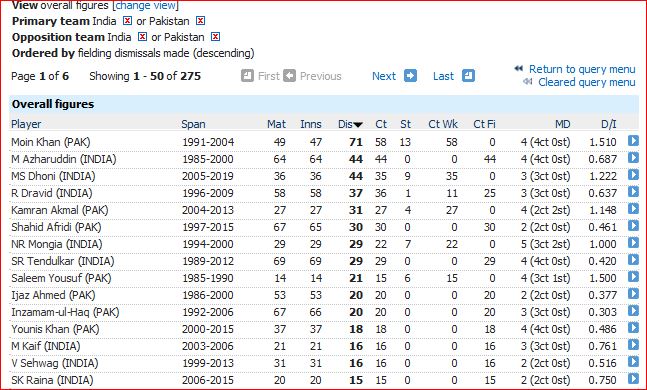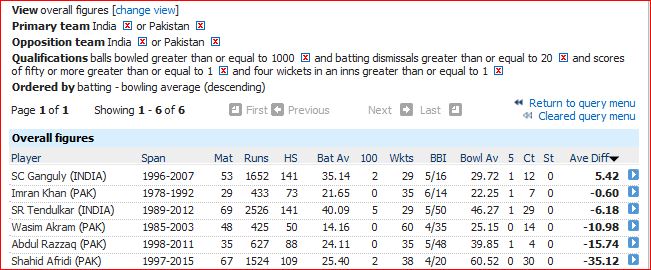The Malian women’s T20I team has been making headlines all over the cricket world (not only in Bamako and famed Timbuktu) for their abject defeats.
Earlier we have looked at the worst defeats of men’s T20I teams.
The worst defeat in a limited overs match is measured by either 1) runs or 2) balls remaining when the target is reached.
One can also look at 3) lowest scores by runs 4) highest scores by runs conceded
And as a stretch: 5) least balls in an innings.
We now look at the records of women’s T20Is as on 28-06-2019:
Losses by runs (100 and above):

We see that the top three defeats were sustained by Mali, with China and Lesotho a little behind. We will see much more of Mali in the remaining part of this post.
Even some “respectable” teams such as South Africa, WI and Sri Lanka can be found here.
Losses by balls remaining (72 or more):

These are all the cases where a target was chased down in 8 overs or less. In two cases only 4 balls were enough.
As you may guess, the Mali team holds the top three positions. Mozambique and Fiji are next in line. The only “respectable” team here is Ireland.
Lowest scores (30 or less):

The three lowest scores are by Mali in the span of three days in June 2019. Note that they did improve to 30/9 in 20 overs. China is also here with its record of 14 set earlier in 2019. Even Bangladesh has a score of 30.
Least balls in an innings (72 or less):

Mali again, though they took less balls to score 14 than their 6. Mexico, China and Kuwait give them company.
And finally
Highest opposing totals (190 and above):

Note that almost all of these are in the first innings.
Mali yet again in 1st, 2nd and 4th place although South Africa is in 3rd and 5th place. Many other “respectable” teams have been at the receiving end, including India against England in 2018.
You can guess why those who follow statistics may be planning to visit Timbuktu. While this is supposes to be in an area affected by terrorism, you can at least get to Mali’s capital Bamako with a single stop at Paris or Addis Ababa. With luck, you can reach there within 18 hours from Delhi.






























